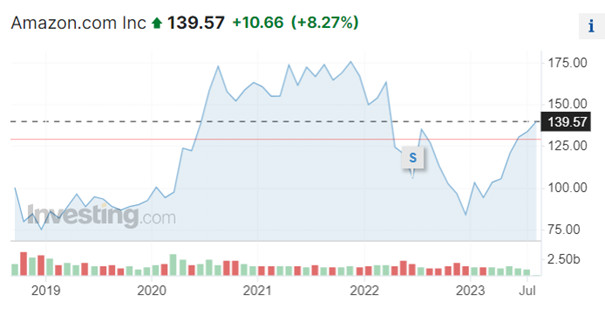The article said that Amazon is set to introduce a credit card in Brazil through a collaboration with Banco Bradesco SA, as part of Amazon's efforts to expand its fintech services. The credit card launch is scheduled for tomorrow, with Banco Bradesco managing the card's credit risk, and it will operate on the Mastercard network. More details, including loyalty rewards and credit limits, will be disclosed later this week. This move comes as Brazil experiences a decline in interest rates and government initiatives to boost consumption, with the central bank recently reducing its benchmark rate to 13.25%. Amazon already offers credit cards in the U.S. in collaboration with JPMorgan Chase. The expansion into credit lines is part of a broader trend, with various non-financial companies exploring such avenues for growth. Depending on the value of interest rates they will set we could predict if people will go for it and use it, or there will be no change at all.
I find this news very promising for both Amazon and Mastercard, since Amazon is one of the biggest online shops in the world. The fate of this project is in people’s hands from now on.
As from the technical point of view, Amazon is amazingly growing through the time. They are also one of the exceptions that during Covid actually made more profit and their stocks were on all-time high then at around 175 USD per stock. * After lockdowns ended, stocks fell to 83 USD mark, however, they’ve got back up since then to the current price of 139,57 USD. * I find this rather good opportunity to enter the market, so I will do so when the market opens.

Movement of Amazon in the last five years. (Source: Investing) *
* Past performance is no guarantee of future results.








